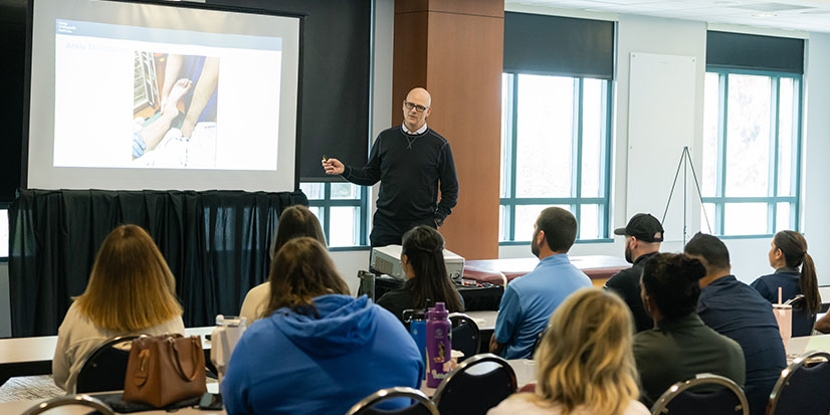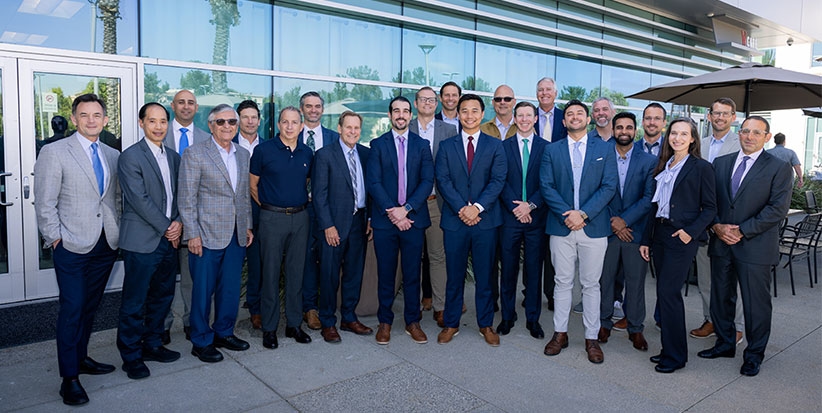Carpal Tunnel and Hydrodissection
- Category: Hand & Wrist, Blog
- Posted On:

Carpal tunnel syndrome is a common condition that causes pain, numbness and tingling in the arm and hand. We spoke with an HOI orthopedic hand and wrist surgeon to discuss a variety of treatment options for carpal tunnel.
Q: What is your experience in treating carpal tunnel?
A: Carpal tunnel syndrome is one of the most common reasons why patients come to see a hand surgeon. Treating carpal tunnel syndrome, whether with non-surgical methods (such as bracing, hand therapy, or steroid injections) or surgically, is one of the most common things that a hand surgeon does on a daily basis. I have personally treated hundreds of patients surgically with carpal tunnel releases, via both open and endoscopic methods, and many more non-surgically. Carpal tunnel release surgery typically takes about 10 minutes or can even be shorter. The procedure is quick, regardless of whether it is done open or endoscopically.
In both open and endoscopic surgeries, we use a technique that allows us to directly visualize and protect the compressed median nerve. This means that the risk of complications arising from accidental injury to the nerve is very small, and patients typically do very well after this surgery with return to normal function and relieved pain.
Q: How often do you recommend surgery? What other treatments do you suggest?
A: Carpal tunnel syndrome can vary widely in severity from patient to patient. Typically, we recommend surgery for carpal tunnel syndrome in a few situations: 1) If patients are waking up in the middle of the night with hand pain, numbness, or tingling and bracing has not helped resolve this, 2) If the carpal tunnel syndrome is leading to muscle weakness in the hands, or 3) If the patient has undergone a nerve conduction study that shows severe carpal tunnel syndrome.
If none of these situations are present, I always recommend that patients try wrist bracing, hand therapy, activity modification, and in some situations, a steroid injection, to see if any of these interventions help alleviate symptoms to help avoid surgery.
Q: What are your overall thoughts on carpal tunnel and hydrodissection?
A: While it is always exciting to hear about new techniques or technologies that can change how we treat certain conditions, physicians must rely on strong, consistent, and time-tested data to guide our decisions when offering treatment options to patients. Hydrodissection is a relatively new technique in the musculoskeletal ultrasound sphere, so there is naturally interest on what this can mean for nerve entrapment syndromes like carpal tunnel syndrome.
For more information on the study referenced above, please see: https://press.rsna.org/timssnet/media/pressreleases/14_pr_target.cfm?id=2387


